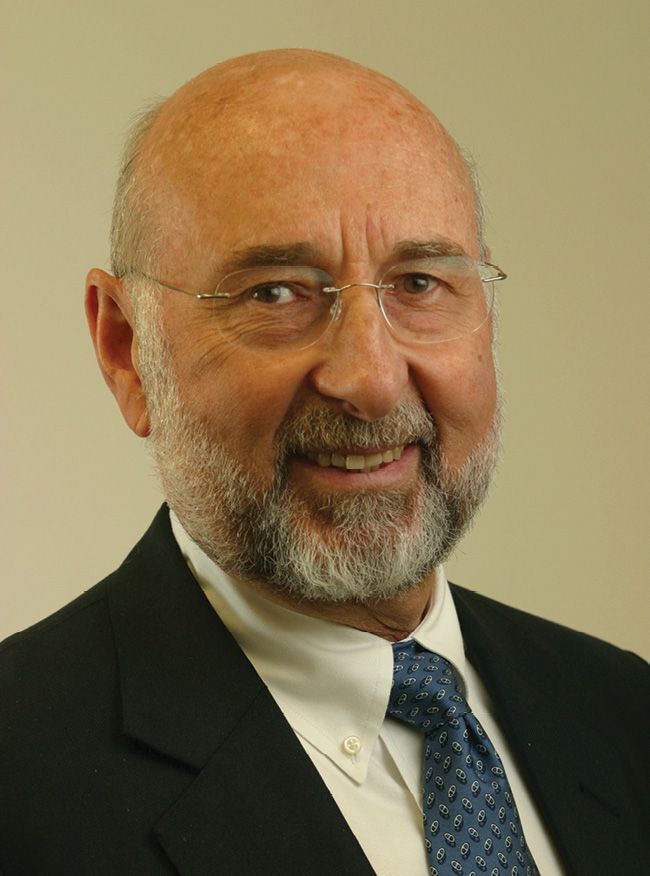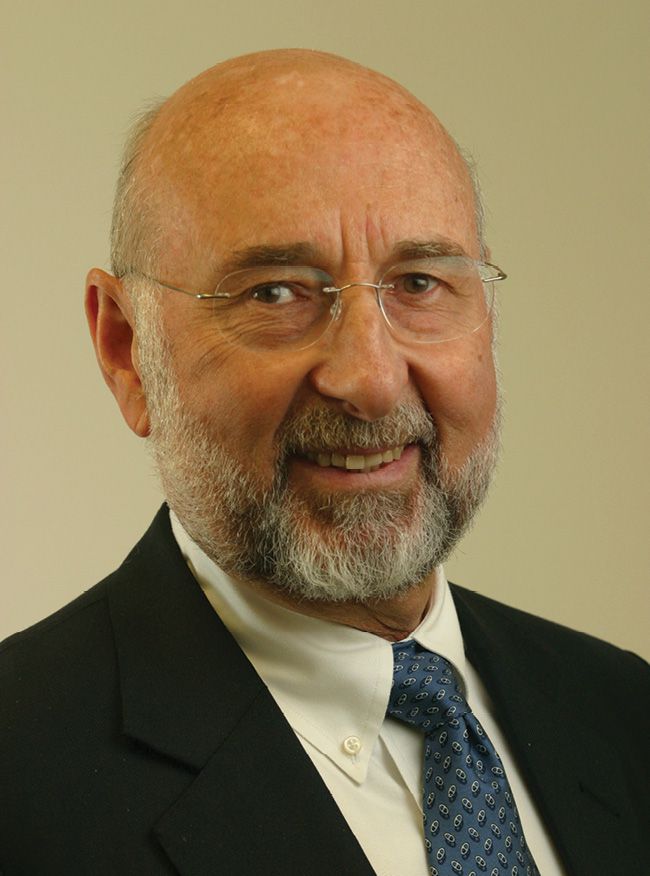Stephen Howard Davis
DOI: 10.1063/PT.3.5127
Stephen Howard Davis, Walter P. Murphy Professor Emeritus of Engineering Sciences and Applied Mathematics at Northwestern University, died in Chicago on 12 November 2021 following complications from cardiac bypass surgery.

Stephen Howard Davis
NORTHWESTERN UNIVERSITY

Born in New York City on 7 September 1939, Steve moved with his family to Long Island when he was three years old. At age 16 he elected to head upstate to attend Rensselaer Polytechnic Institute (RPI). He earned his bachelor’s degree in electrical engineering in 1960 and his MS and doctoral degrees in applied mathematics in 1962 and 1964, respectively. At RPI at the time, applied mathematics was a storied department with a heavy emphasis on continuum mechanics, given the presence of Richard DiPrima, George Handelman, and Lee Segel, among others. Steve’s dissertation research on Bénard convection was done under Segel. In addition to receiving an excellent education, Steve adopted several of RPI’s traditions—notably, a lack of academic stuffiness, which he carried with him throughout his life.
Steve’s first position after earning his PhD was at the Rand Corp in California. In Santa Monica, he met Suellen Lewis, and over the course of their 56 years together, she became known nearly as well as Steve throughout the fluid dynamics community. After a lectureship at Imperial College London in 1966–68, he accepted a position in the department of mechanics at the Johns Hopkins University. In January 1979 he moved to Northwestern.
At Johns Hopkins, Steve established his presence in the fluid dynamics community among such colleagues as Owen Phillips, Francis Bretherton, Kim Parker, William Schwarz, and, especially, Stanley Corrsin. He also established his reputation as both an outstanding researcher and an excellent teacher. Stan and Steve had a daily tradition of hosting a 10:00am coffee with a collection of faculty, students, visitors, and staff—all addressing one another on a first-name basis. Conversations covered science, politics, sports, humor, and more, creating a collegiality unmatched in other academic departments.
At Northwestern, Steve’s open-door policy and willingness to meet and discuss any topic—especially his beloved New York Yankees—established a relaxed and friendly atmosphere in the department. When visiting his office for the first time, one was introduced to experimental photographs that provided the spark for much of his theoretical work. Attracted by Steve’s presence, internationally renowned visitors constantly flowed into the department. Wherever he went, he built a collegial community.
Steve’s renown as a researcher in the field of fluid dynamics was for pioneering work on contact-line dynamics; the stability of time-dependent flows; flows in thin films, including rupture; and the stability of flows driven by temperature-induced surface-tension variations. Later in his career, he became interested in problems in materials science, particularly those in which flow processes played a role. A worldwide leader in the dynamics of crystal growth, he made contributions to rapid solidification, anisotropic-material effects, mushy-zone convection, and nonlinear evolution of cellular growth. His unique ability to apply mathematics to important problems in materials science is captured in his 2001 monograph, Theory of Solidification.
Among his many awards and honors, Steve received the American Physical Society’s Fluid Dynamics Prize and a Humboldt Research Award in 1994 and the 2001 G. I. Taylor Medal from the Society of Engineering Science. His many accolades, however, do not begin to encompass Steve’s impact on his fields of study, nor do they do justice to his well-known personality. As a professor, his courses were always popular because he delivered complicated material in a clear, understandable way. As an adviser, Steve was able to suggest relevant, timely problems, saw the end from the beginning, and knew that the proposed topics would yield important results. When a research student encountered the inevitable brick wall, Steve would suggest a work-around that ultimately led to the problem’s successful completion.
Steve’s influence on fluid mechanics worldwide cannot be overstated, and many consider him to have been one of the world’s foremost fluid dynamicists in his time. A two-time chair of the American Physical Society’s division of fluid dynamics, he was also the editor of the Journal of Fluid Mechanics (JFM) and Annual Review of Fluid Mechanics. He was the first to hold both editorships concurrently. His service on the editorial board of JFM spanned more than 40 years, and he served as its first, and to this day only, editor not affiliated with Cambridge University. Although his office was sparsely appointed, his bookshelves were lined with his JFM collection, and one would frequently find him sitting in his office reading the current issue.
To his academic family and his many friends who did not understand the complexities of his work, Steve will always be remembered for his warm consideration of others, his ever-engaging sense of humor, and his love of travel and fine dining. Regardless of how one knew him, when conversing with Steve about any aspect of life, he had a joke to fit the situation. He will be greatly missed.
More about the Authors
Michael J. Miksis. Northwestern University, Evanston, Illinois.
G. Paul Neitzel. Georgia Institute of Technology, Atlanta.
William W. Schultz. University of Michigan, Ann Arbor.
